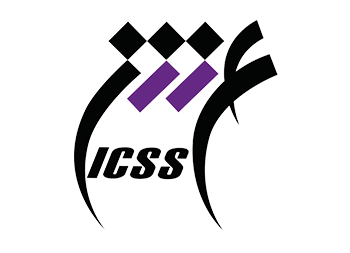Structures Mères: Semantics, Mathematics, and Cognitive Science

During the twentieth century, the term “structure” became commonplace in almost every scientific domain as well as in the humanities. In order to understand what a thing is, so went the structuralist slogan, study its structure, or at least, the structure of the system of which it is a part. In the present day, the term occurs frequently, even in ordinary speech, although its meaning typically varies with the context.
This is a striking linguistic fact, since before the twentieth century the term was used only infrequently. More importantly, as the term “structure” spread, it came to be associated with a number of related claims posited for the “foundational” purpose of eliminating the commitment to the idea of “substance” which had long dominated philosophy. While the new use of the term was not entirely novel, it led to the emergence of a general structure-based doctrine. In its turn, this engendered a well-defined body of theoretical commitments and methods, in which basic assumptions of an ontological and epistemological character play a central role. As applied to a given system of whatever sort, the term “structuralism” is intended to convey the view that attention should be directed primarily toward the system’s overall structure, rather than to its constituents. Now the concept of structure can be defined in a variety of ways. Occasionally, this fact is exploited in a naïve, intuitive, sense. While harmless enough in itself, the resulting ambiguity in meaning of the term “structure” can give rise to divergent consequences. Similarly, the doctrine of structuralism itself can also be formulated in a number of different ways. Here clarification is needed. The upshot is that, as a doctrine, structuralism, far from being monolithic, is susceptible to a number of interpretations. Nevertheless, certain features of structuralism remain constant across its various domains of interpretation. These range from general linguistics, where a structuralist view was first introduced by Ferdinand de Saussure, to “structural” anthropology by Claude Lévi-Strauss, from cognitive psychology, in the work of Jean Piaget to… mathematics.
مطالب مرتبط

اصول روان درمانگری و مشاوره با رویکرد اسلامی (مفاهیم، فرآیند و فنون)
۲۶ / بهمن / ۱۴۰۳

آموزش مهارت نوشتن از منظر شناختی
۲۶ / بهمن / ۱۴۰۳


